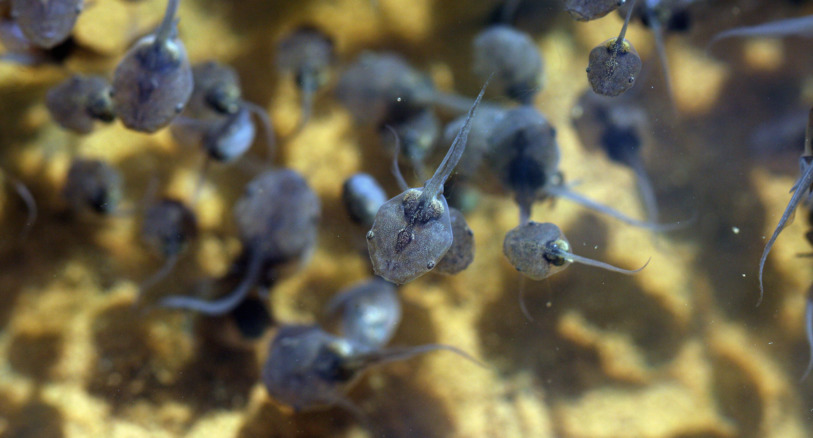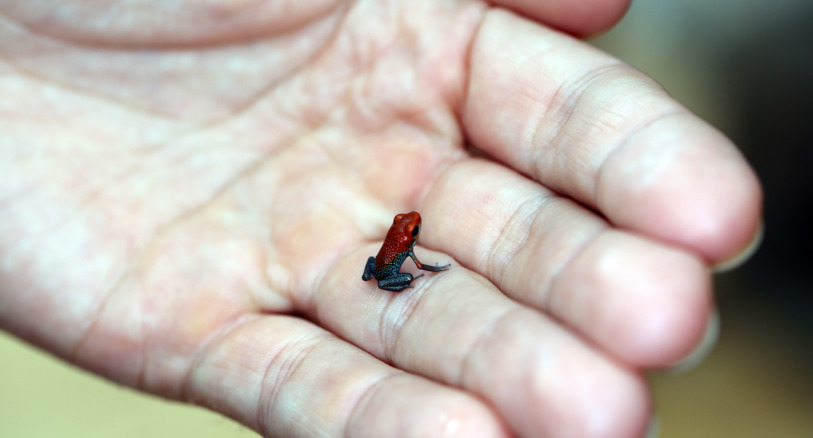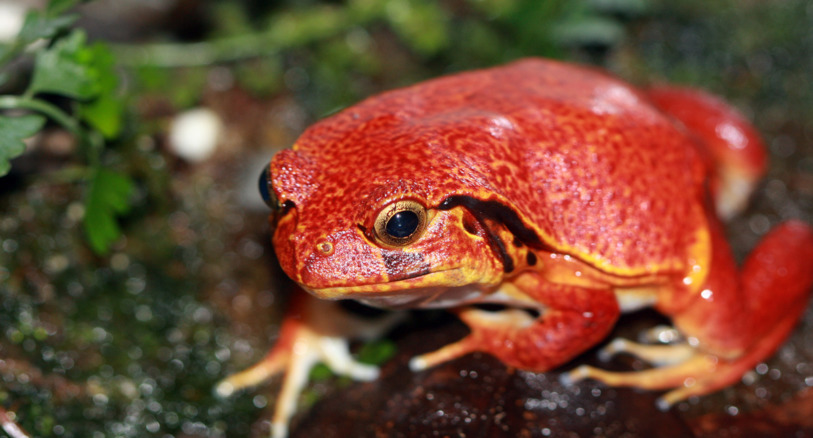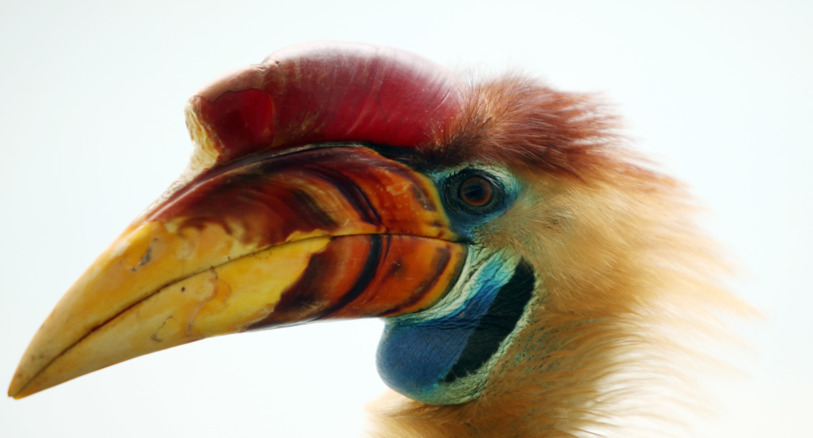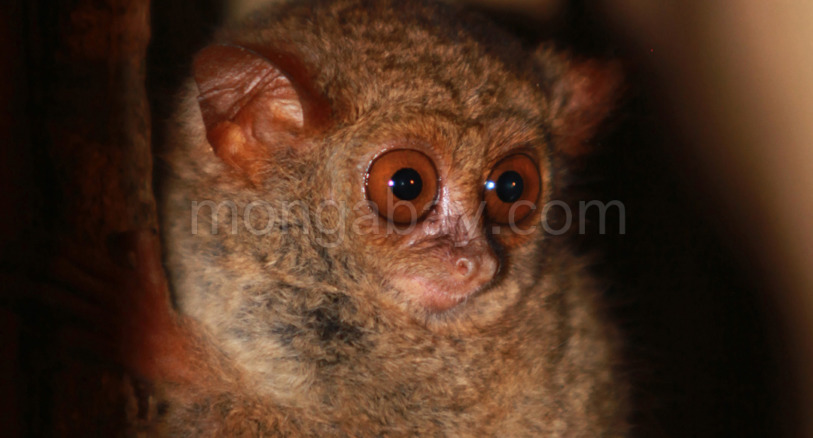Part 2: Meet the local people of Sulawesi and learn about some of the local conservation issues
Meet the local people:
There are several ethnic groups in Sulawesi, each of which speaks its own language.

One of the most distinct groups in Sulawesi is the Toraja, who live in the southern part of the island.
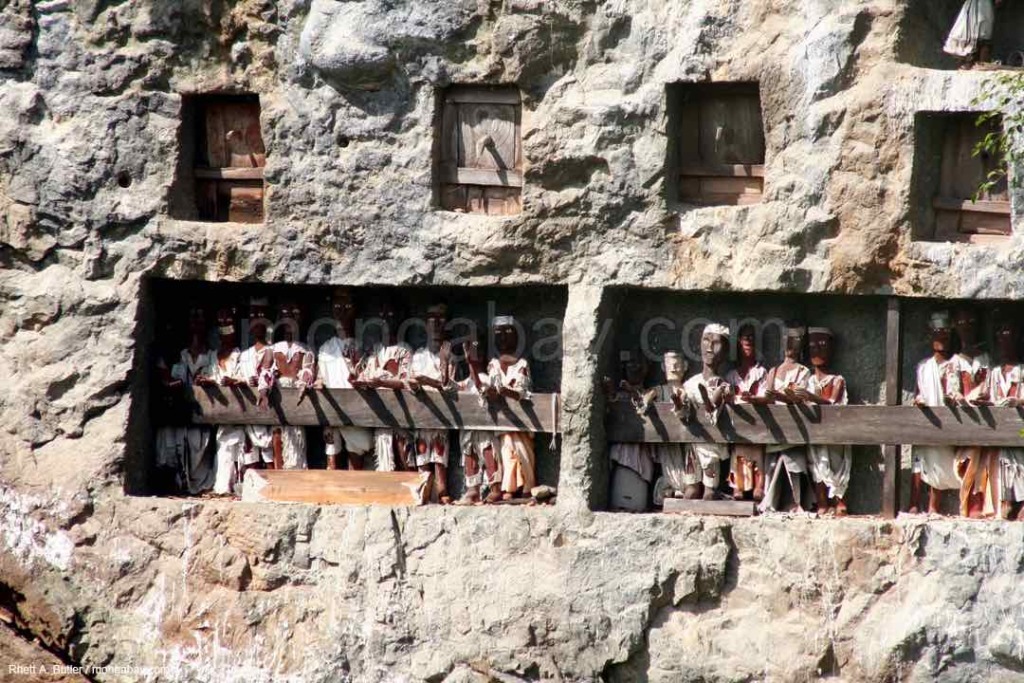
The Toraja are Christian, and have elaborate funeral rituals and burial practices.
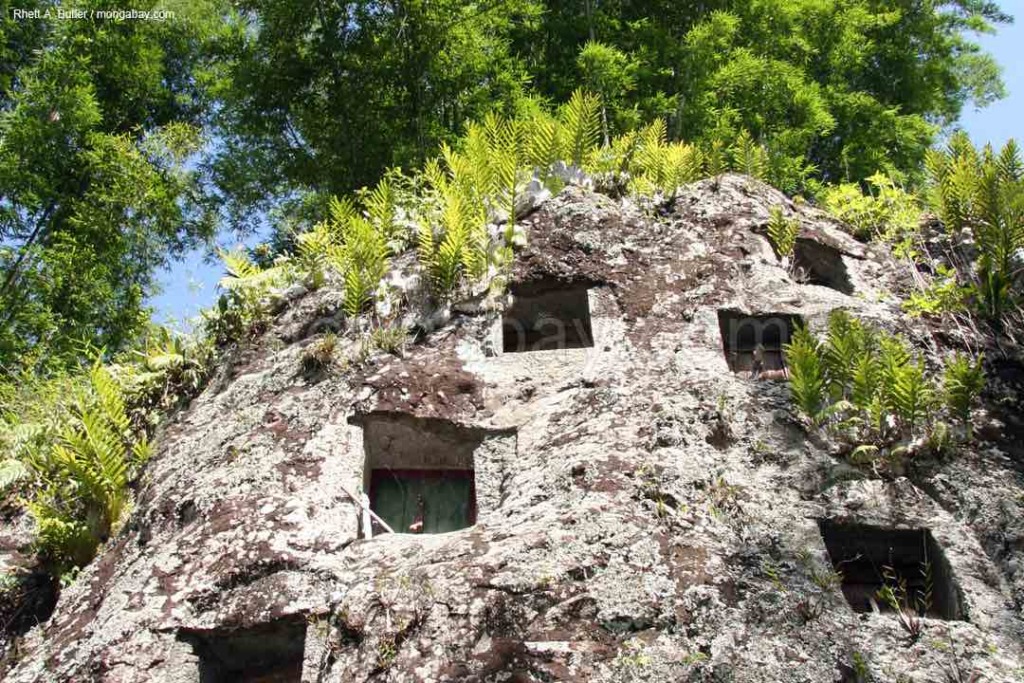
After a long and costly funeral, Torajans typically bury their dead in rocky cliffs.
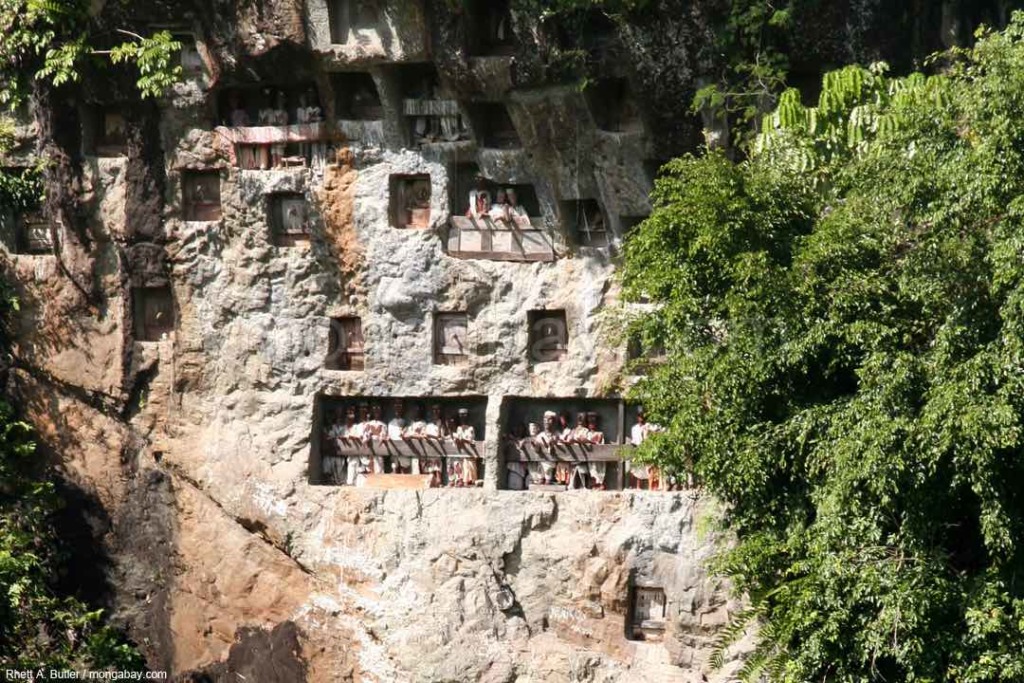
Other ethnic groups in Sulawesi include the Makassarese, Buginese, Mandar, Minahasa, Gorontalo Bajau, and Mongondow. Today, most are typically Muslim.

In recent years, more and more migrants from Java and other parts of Indonesia have reduced the proportion of native groups in Sulawesi.
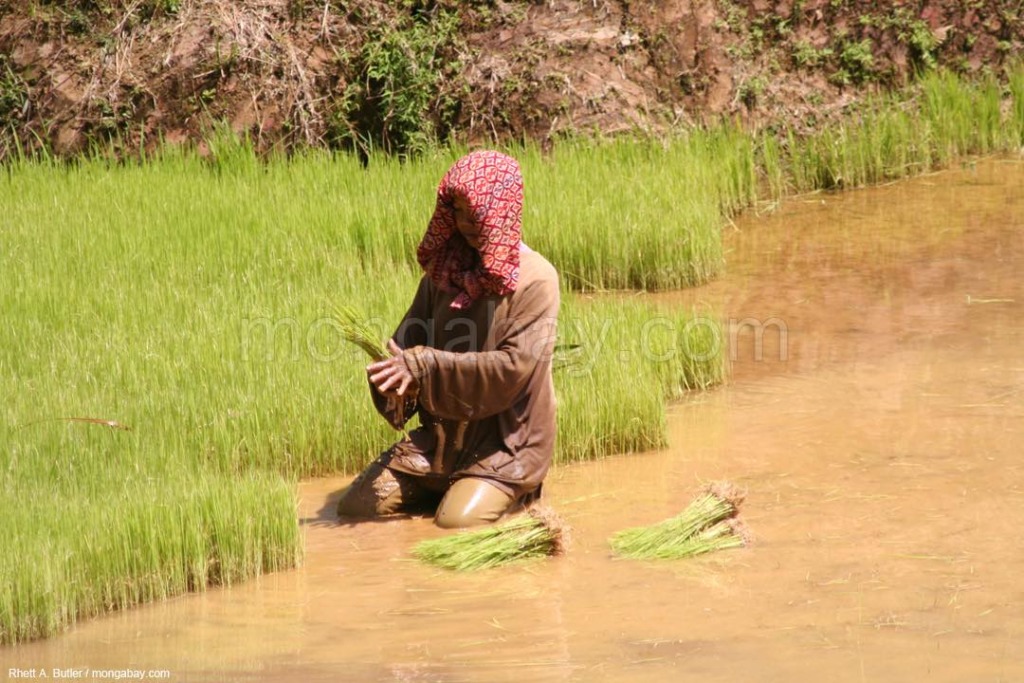
At times migration has contributed to conflict between groups. Traditional inhabitants have been upset that newcomers are often wealthier and compete for land and jobs.
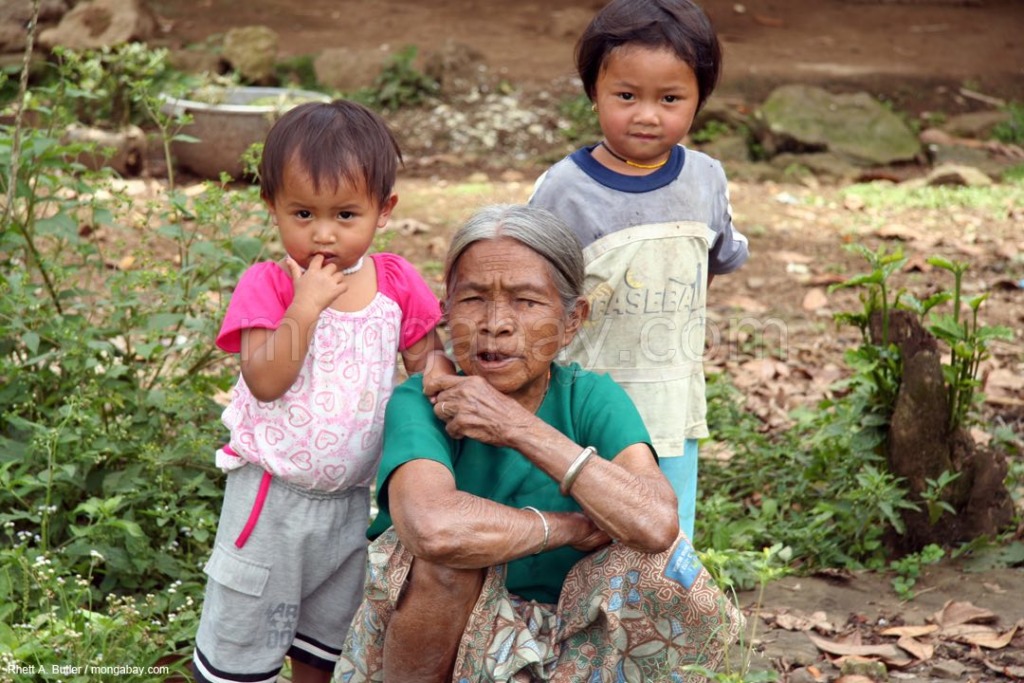
If you visit Sulawesi there are several special activities.
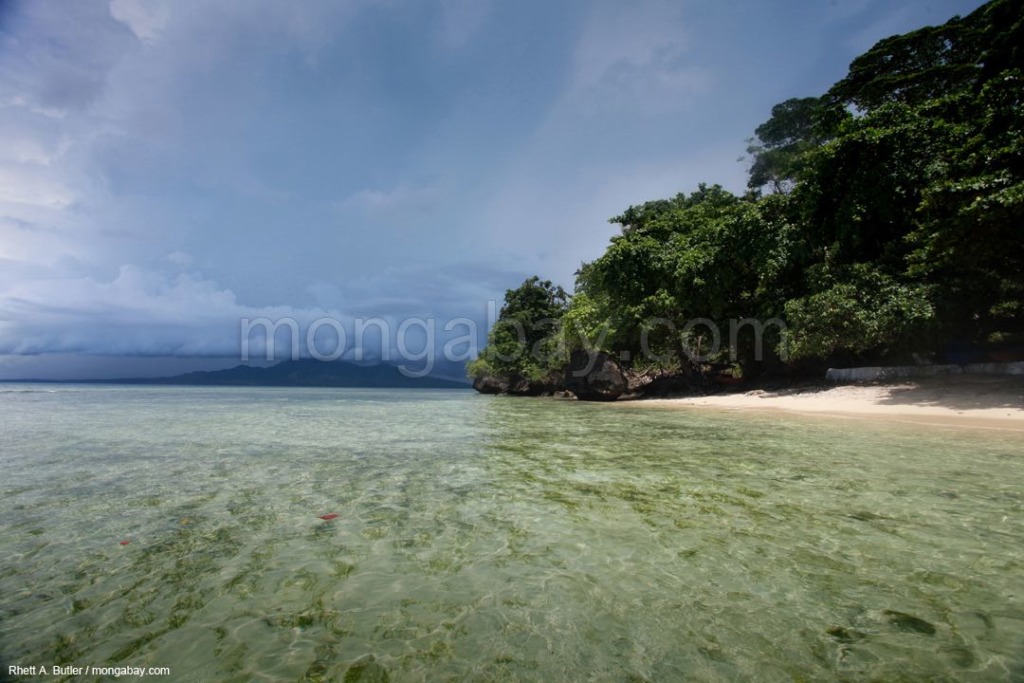
In North Sulawesi there are rainforest parks and spectacular coral reefs.
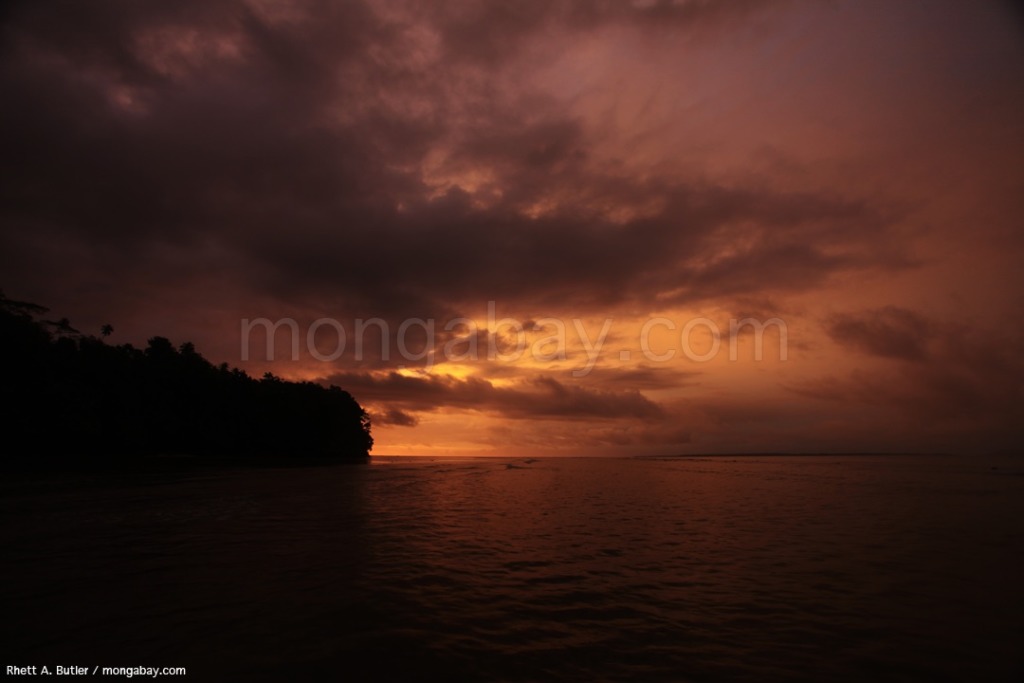
There are coral reefs around islands off the southern part of Sulawesi, too. In South Sulawesi there is also Torajaland, home to the Toraja people.

In other parts of Sulawesi there are colorful agricultural landscapes, including terraced rice paddies.
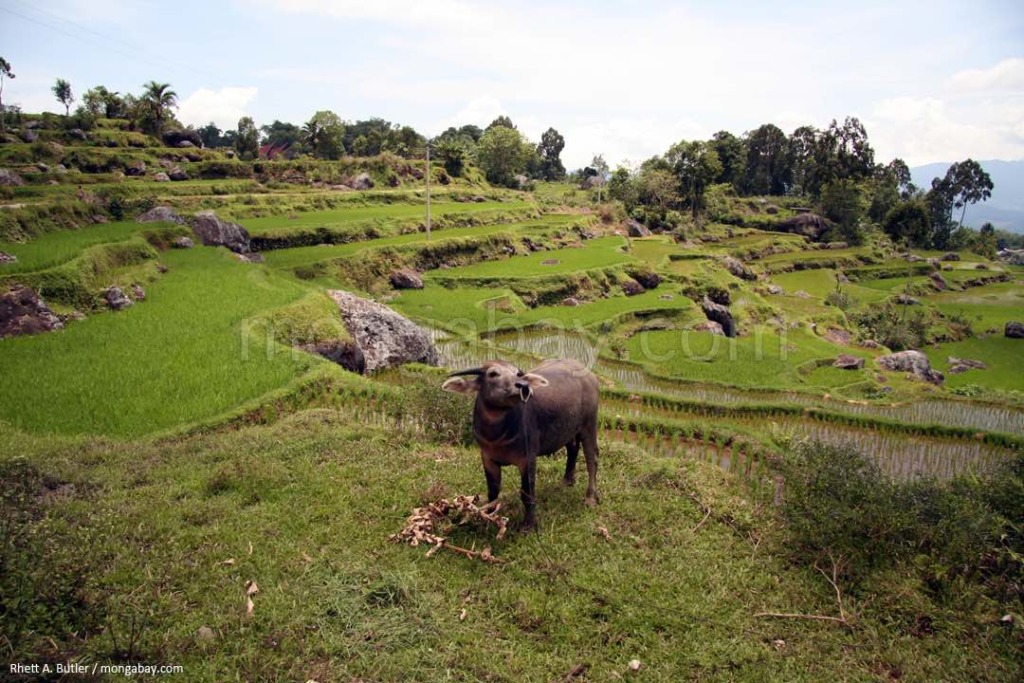
Local conservation issues:
Sulawesi’s wild areas are at risk. About 80 percent of Sulawesi’s forest has been damaged or destroyed.

Most deforestation has been caused by agriculture by small-scale farmers who grow rice and other crops.
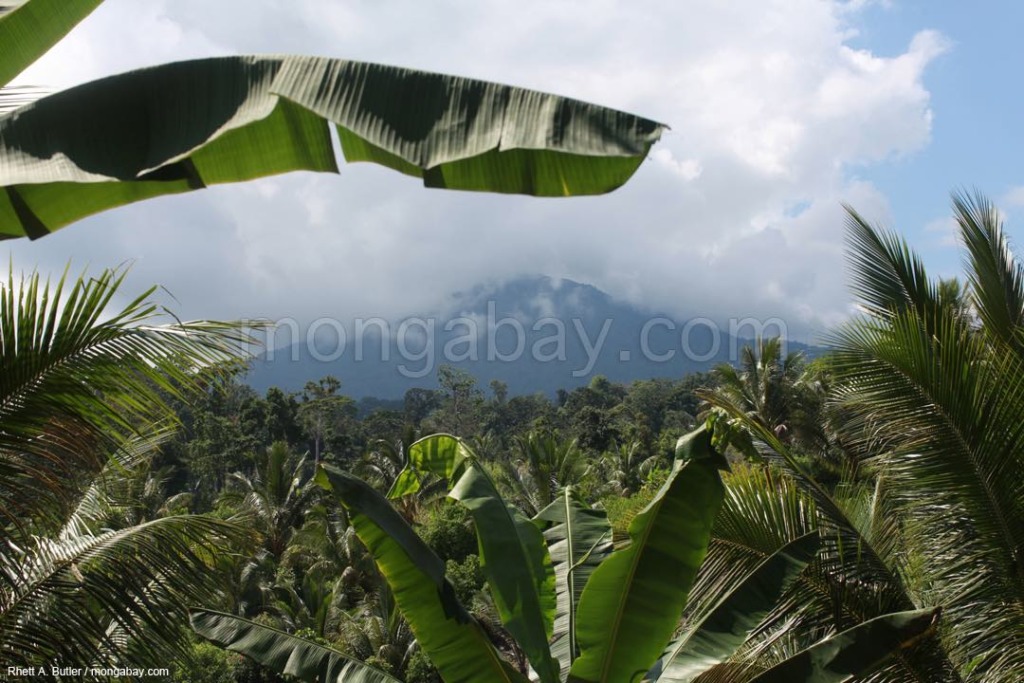
Sulawesi is also a major producer of cocoa, which is the base ingredient of chocolate.
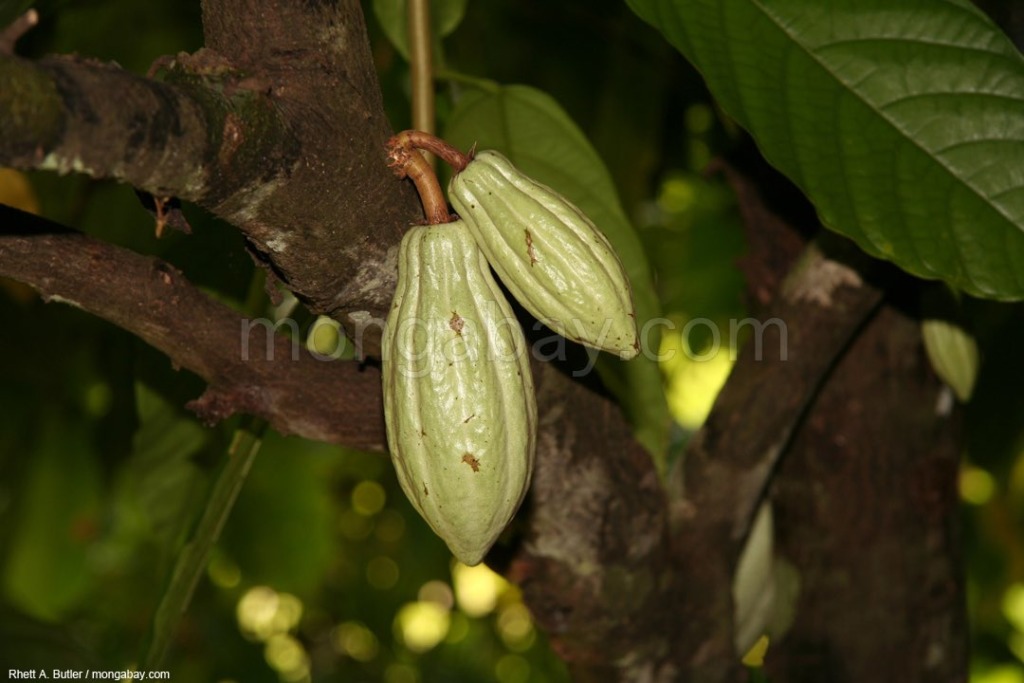
Some of the biggest threats to Sulawesi’s remaining forests are mining, bushmeat hunting, and illegal logging.
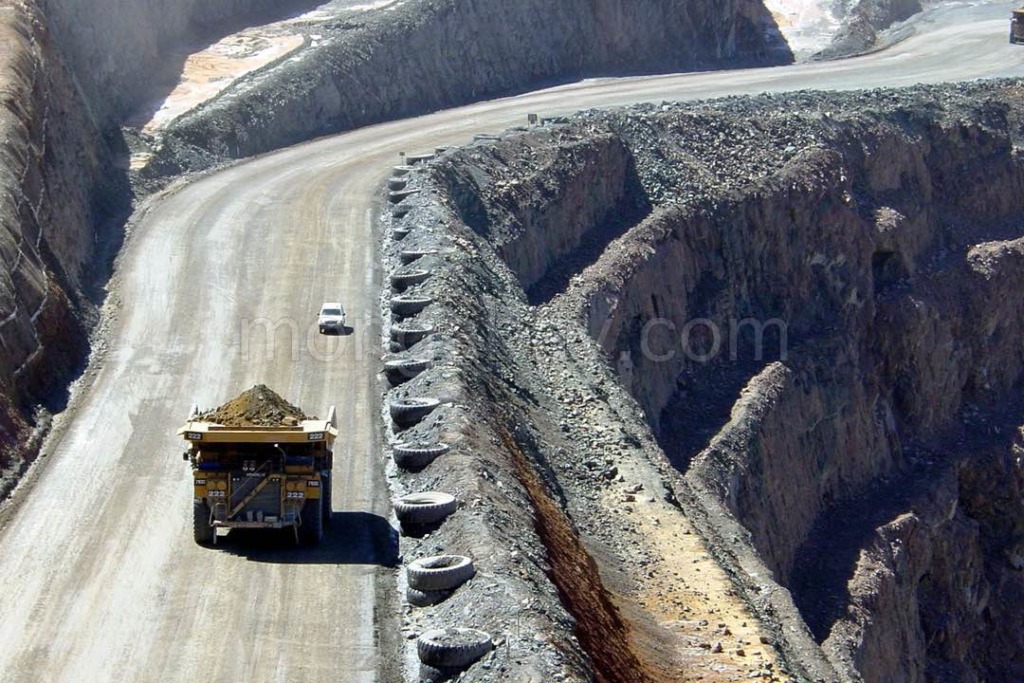
Some of Sulawesi’s endangered species – especially birds and reptiles – are smuggled for the international pet trade.
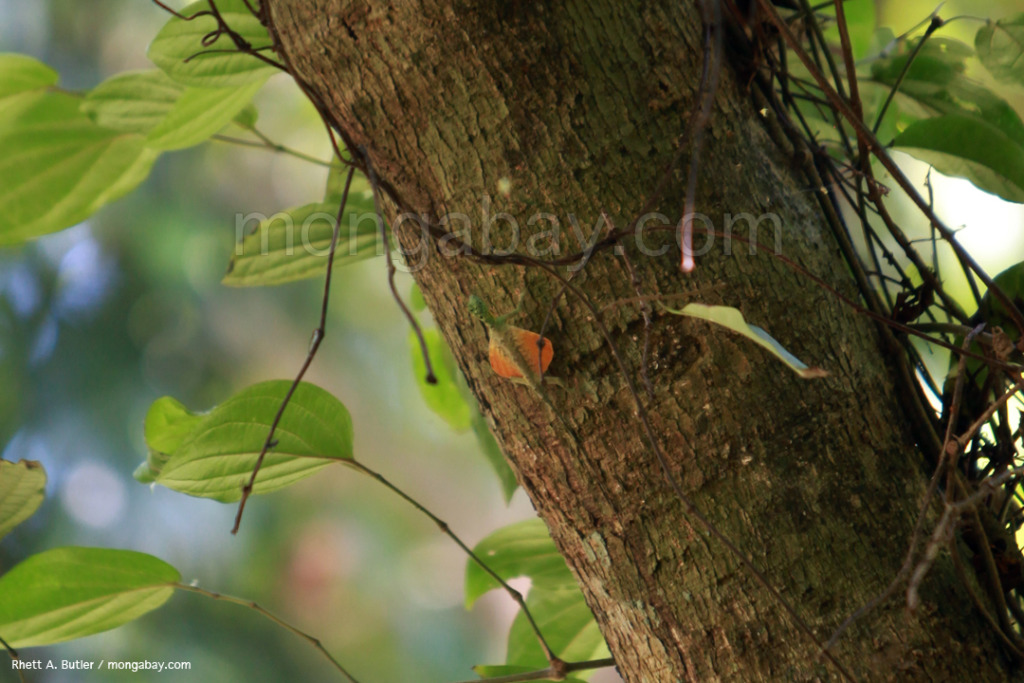
But conservation groups are working to protect Sulawesi’s wildlife and ecosystems.
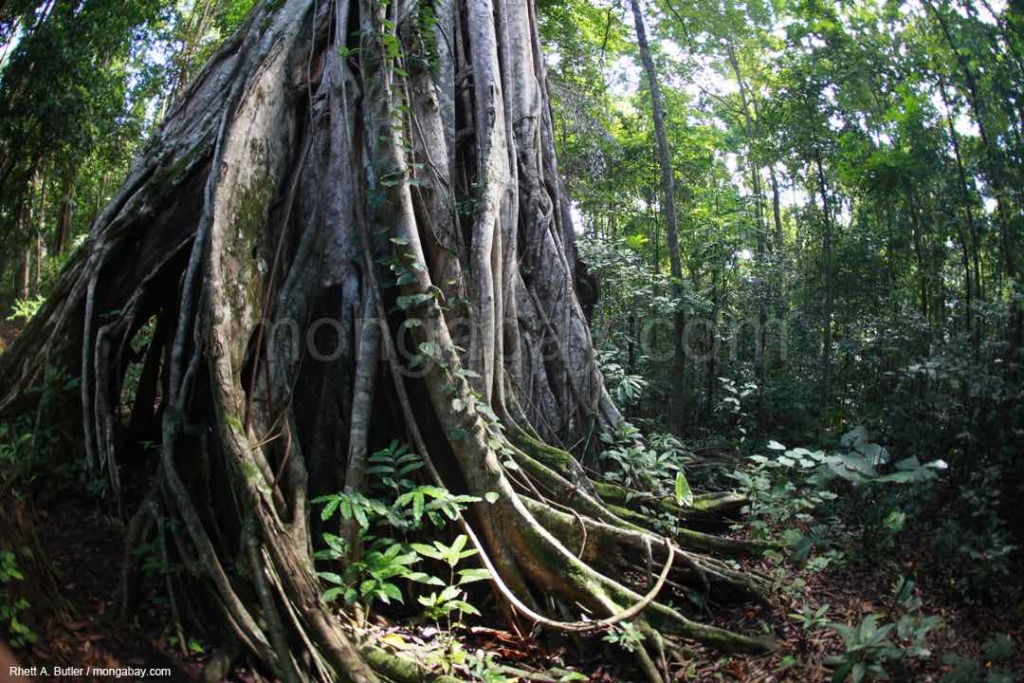
The most effective programs involve local people as beneficiaries of conservation.
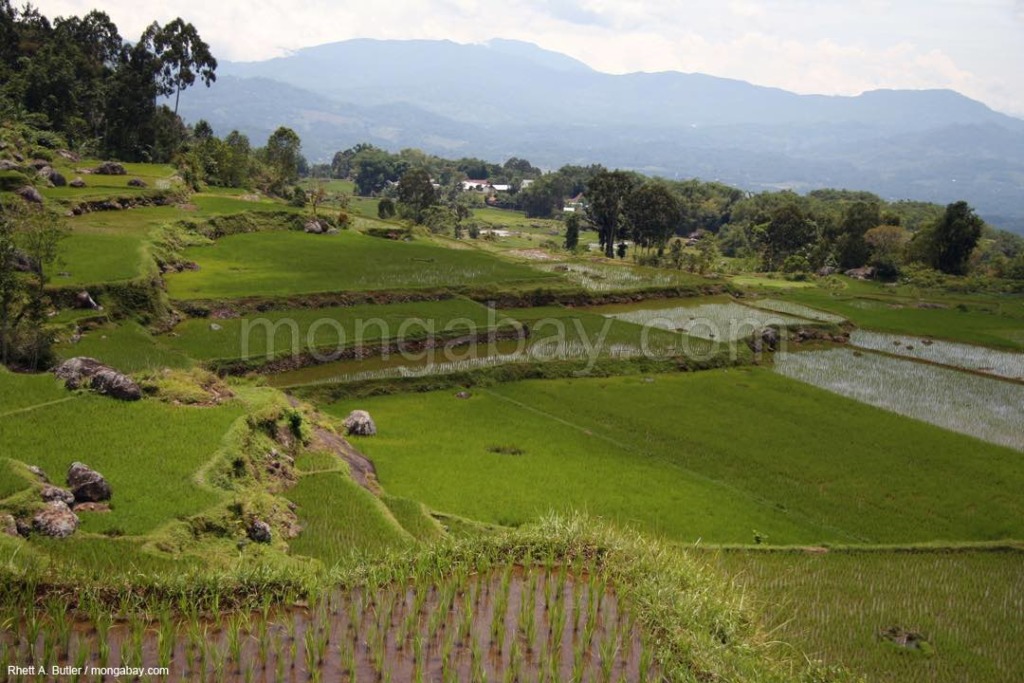
Text and photographs by Rhett A. Butler

